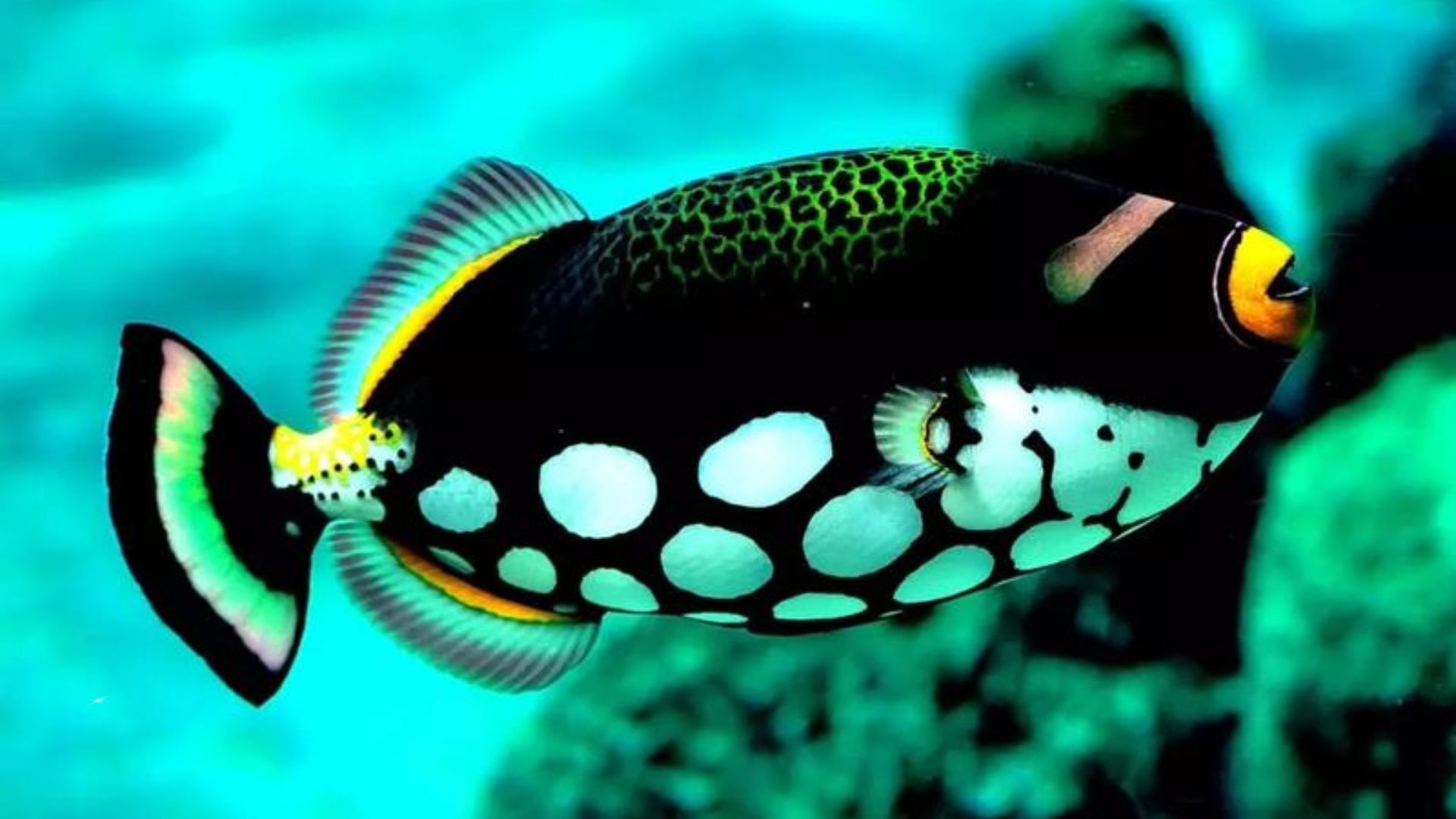Fish are often celebrated for their vibrant colors and captivating patterns, drawing admiration from nature enthusiasts and aquarium lovers alike.
However, some of the most stunningly beautiful fish come with a hidden danger—their potent venom. Behind their mesmerizing appearances lie natural defense mechanisms designed to protect them from predators and, in some cases, unsuspecting humans.
Let’s dive into the fascinating world of these aquatic marvels, uncovering the secrets behind their dazzling looks and the powerful toxins they carry. From their evolutionary adaptations to their role in the ecosystem, these fish prove that beauty can sometimes come with a sting.
1. Lionfish
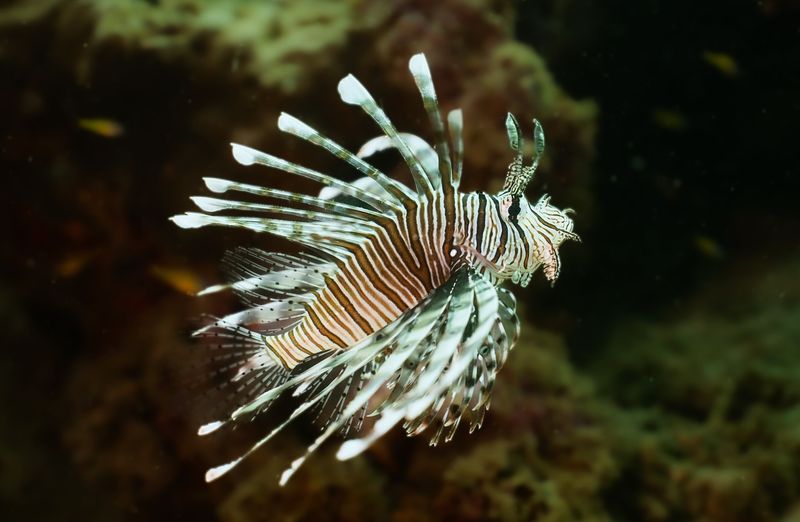
The lionfish is a marvel of the underwater world, adorned with striking red, white, and brown stripes. While its frilled fins and ornate appearance may hypnotize onlookers, they conceal venomous spines capable of delivering a painful sting.
Found in the warm waters of the Caribbean and Western Atlantic Oceans, this fish poses a threat not only through its venom but also as an invasive species, disrupting local ecosystems.
Admire from afar when diving, and if you encounter one, maintain a safe distance. Do not attempt to touch or handle it under any circumstances.
2. Stonefish
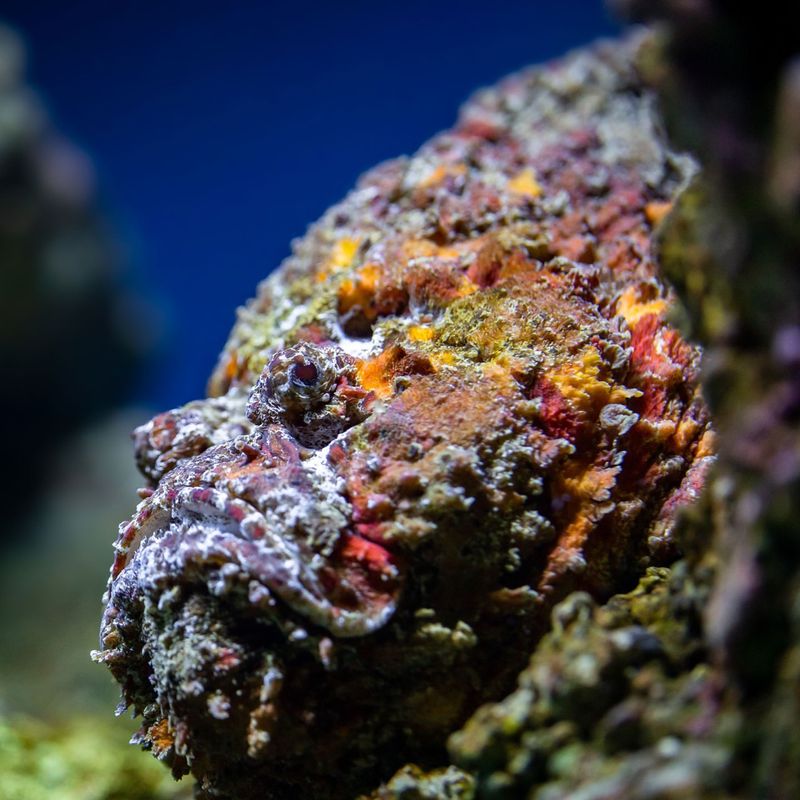
Camouflaged to perfection, the stonefish is notorious for being the world’s most venomous fish. Its appearance resembles that of a stone or rock, allowing it to blend seamlessly with its surroundings on the ocean floor.
Inhabiting the coastal regions of the Indo-Pacific, its dorsal spines contain potent venom that can cause extreme pain, paralysis, and even be fatal.
Always be cautious when exploring rocky seabeds and wear protective footwear to avoid accidental stings. If stung, seek immediate medical attention due to its potentially life-threatening venom.
3. Pufferfish
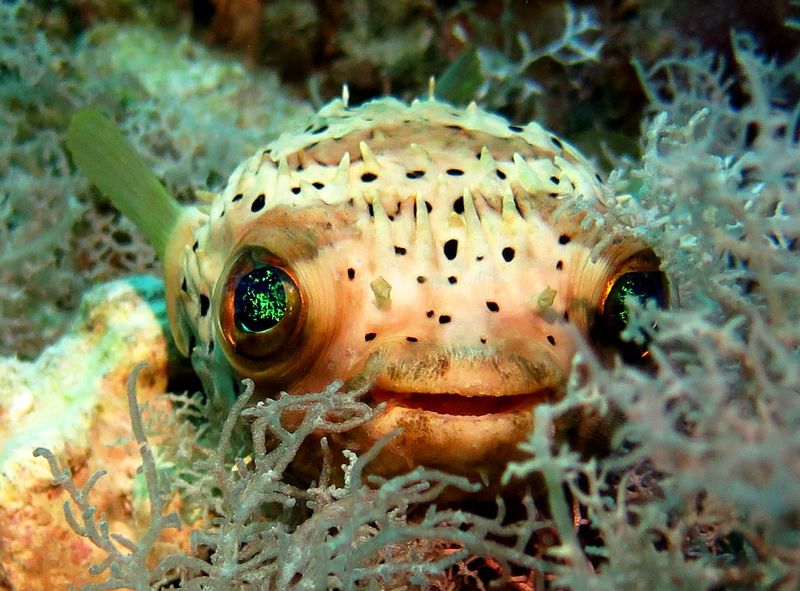
Pufferfish, famous for their ability to inflate and their cartoonish appearance, harbor a deadly secret. Their bodies contain tetrodotoxin, a potent poison that is lethal to humans if ingested.
Native to the waters of Japan, these fish are considered a delicacy known as ‘fugu’, but only highly trained chefs can prepare it safely.
Admire their quirky looks from a distance and be wary of consuming improperly prepared pufferfish dishes. Eating fugu should only be entrusted to certified professionals to avoid severe poisoning.
4. Blue-ringed Octopus
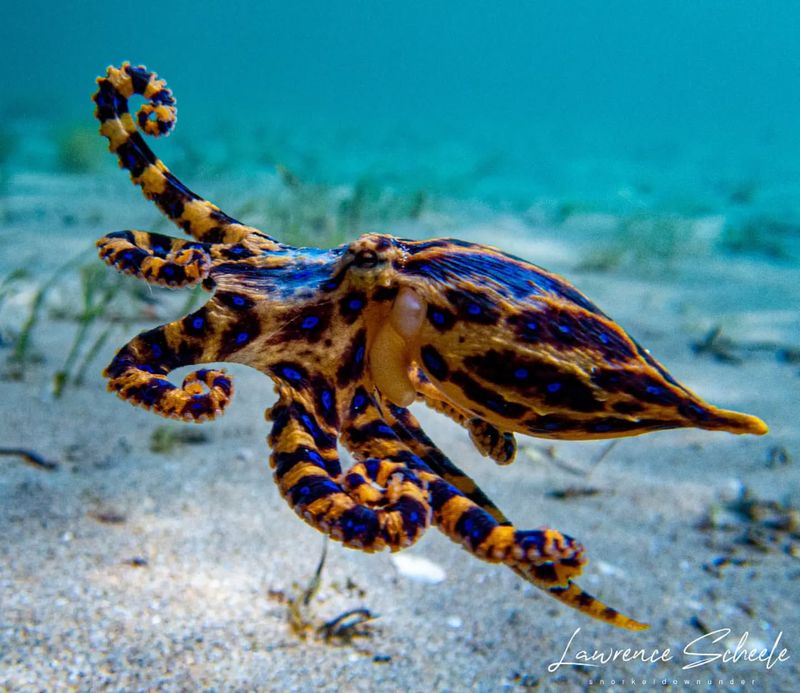
While not a fish, the blue-ringed octopus deserves mention due to its breathtaking beauty and extreme danger. Its vibrant blue rings serve as a warning for the potent venom it carries.
Found in the shallow reefs and tide pools of Australia, this small creature’s bite can cause respiratory failure in humans. It is crucial to admire its beauty without attempting to handle or provoke it.
Should you encounter one while exploring marine environments, maintain a respectful distance to ensure your safety and avoid a potentially deadly encounter.
5. Scorpionfish
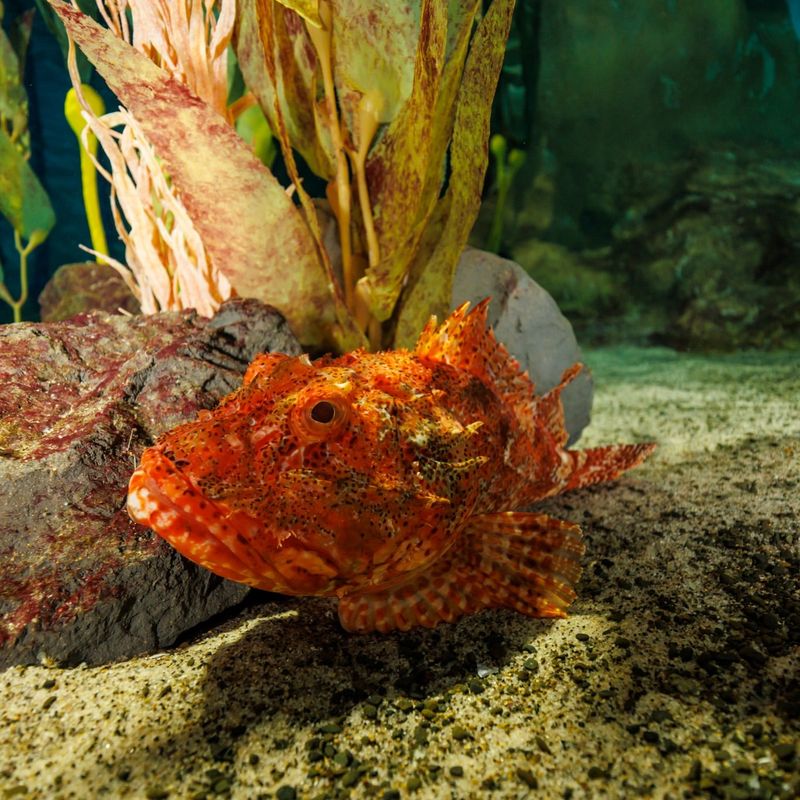
Scorpionfish are masters of disguise, often mistaken for rocks or coral due to their mottled scales. This ability to blend in makes them both fascinating and dangerous.
Inhabiting tropical and temperate waters worldwide, their dorsal spines are equipped with venom that can cause severe pain. Divers should exercise caution and avoid touching or stepping on these well-camouflaged fish.
If accidentally stung, soaking the wound in hot water can alleviate pain, but medical assistance may still be necessary. Prevention is key, so always be mindful of your surroundings.
6. Surgeonfish
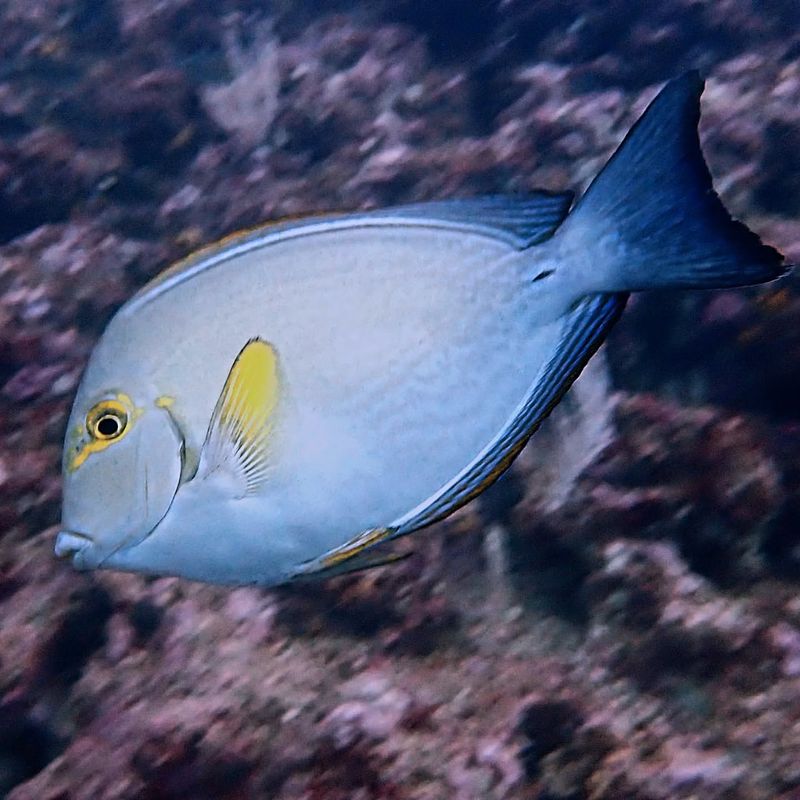
Surgeonfish are admired for their vibrant, colorful appearances but carry hidden dangers in the form of razor-sharp spines located near their tails. These stunning fish are commonly found in tropical reefs around Hawaii and other Pacific islands.
While generally not aggressive towards humans, their spines can inflict deep cuts if provoked or handled carelessly.
Swimmers and divers should observe surgeonfish from a safe distance to appreciate their beauty without risking injury. In case of a cut, proper wound care is essential to avoid infection or complications.
7. Box Jellyfish
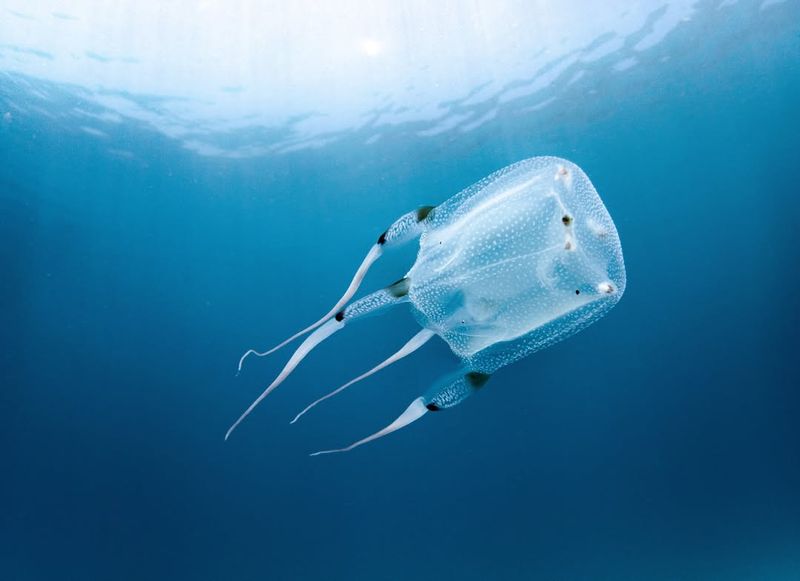
Known for its delicate, ethereal beauty, the box jellyfish is one of the most dangerous marine animals. Its tentacles are laden with toxins that can cause heart failure, paralysis, and even death.
Inhabiting the coastal waters of Northern Australia, these creatures are nearly transparent, making them difficult to spot. Swimmers should heed local warnings and avoid swimming in jellyfish-infested areas. If stung, immediate medical attention is critical.
Vinegar can be used to neutralize tentacles, but professional treatment is essential to manage the severe symptoms that may follow.
8. Zebra Lionfish
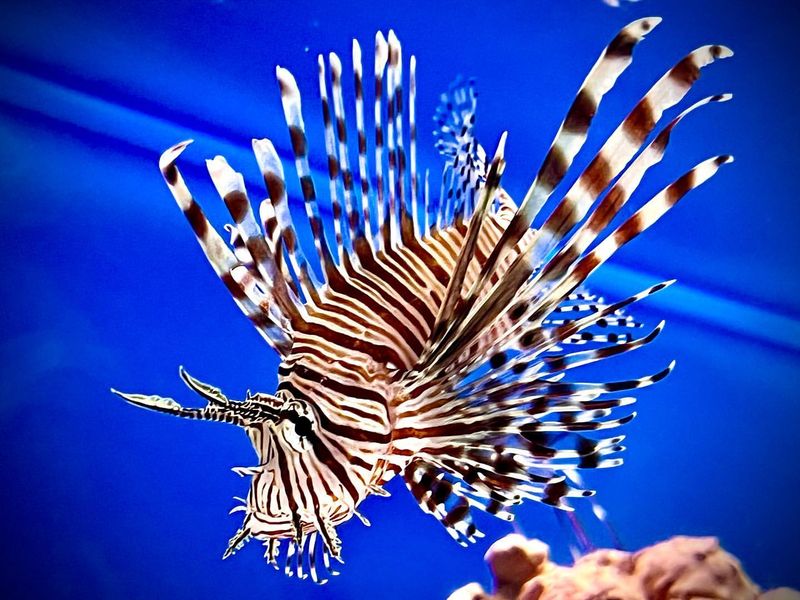
The zebra lionfish, a close relative of the lionfish, captivates with its striking black and white stripes and elegant fins. Despite their allure, these fins are equipped with venomous spines.
Found in the Indo-Pacific region, zebra lionfish can deliver painful stings, causing extreme discomfort and potential allergic reactions. Divers and aquarium enthusiasts should exercise caution, appreciating their beauty at a respectful distance.
Handling should be left to experienced professionals, and stings should be treated promptly with hot water and medical care to prevent complications.
9. Foxface Rabbitfish
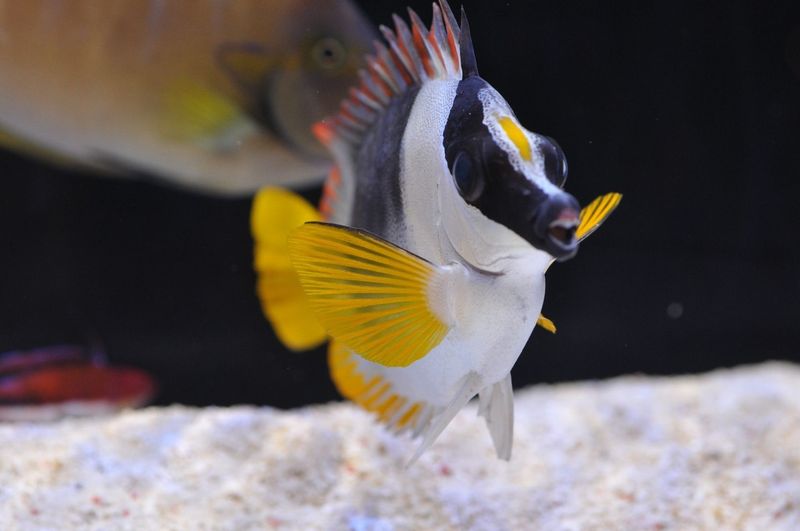
The foxface rabbitfish is a vibrant spectacle with its bright yellow body and distinctive black mask. Although beautiful, it possesses venomous dorsal spines. Residing in the reefs of the Indo-Pacific region, this fish’s venom can cause significant pain and swelling, though it is rarely fatal.
Aquarium hobbyists should handle these fish with care, using tools rather than bare hands. In the event of a sting, immersing the affected area in hot water can help alleviate pain, though medical attention may still be required for severe reactions.
10. Clown Triggerfish
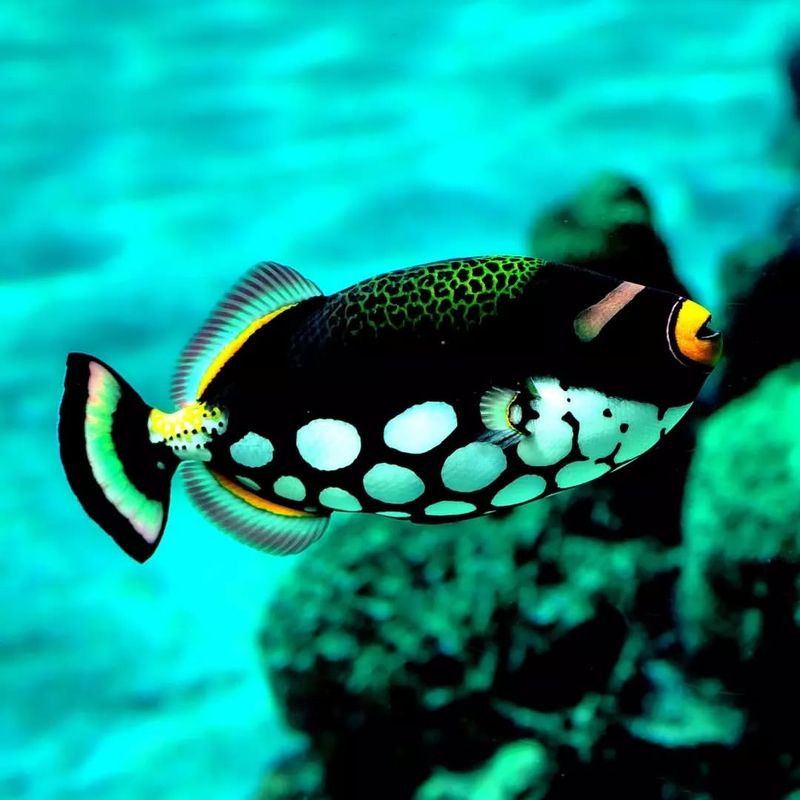
The clown triggerfish is a striking spectacle with its bold patterns and vibrant colors. Despite its clownish appearance, it can become aggressive and possess a powerful bite.
Inhabiting the coral reefs of the Indo-Pacific, particularly around Indonesia, this fish defends its territory fiercely, especially during breeding.
While captivating to observe, divers should maintain a respectful distance and avoid provoking it. If bitten, proper wound care is essential to prevent infection, and professional medical treatment should be sought if necessary.

